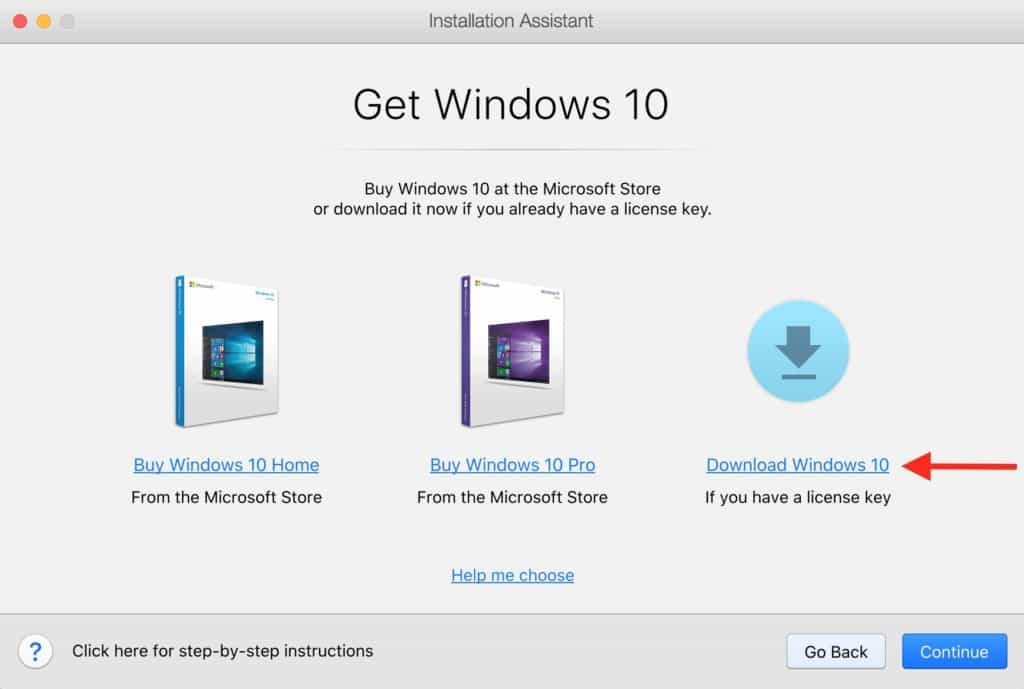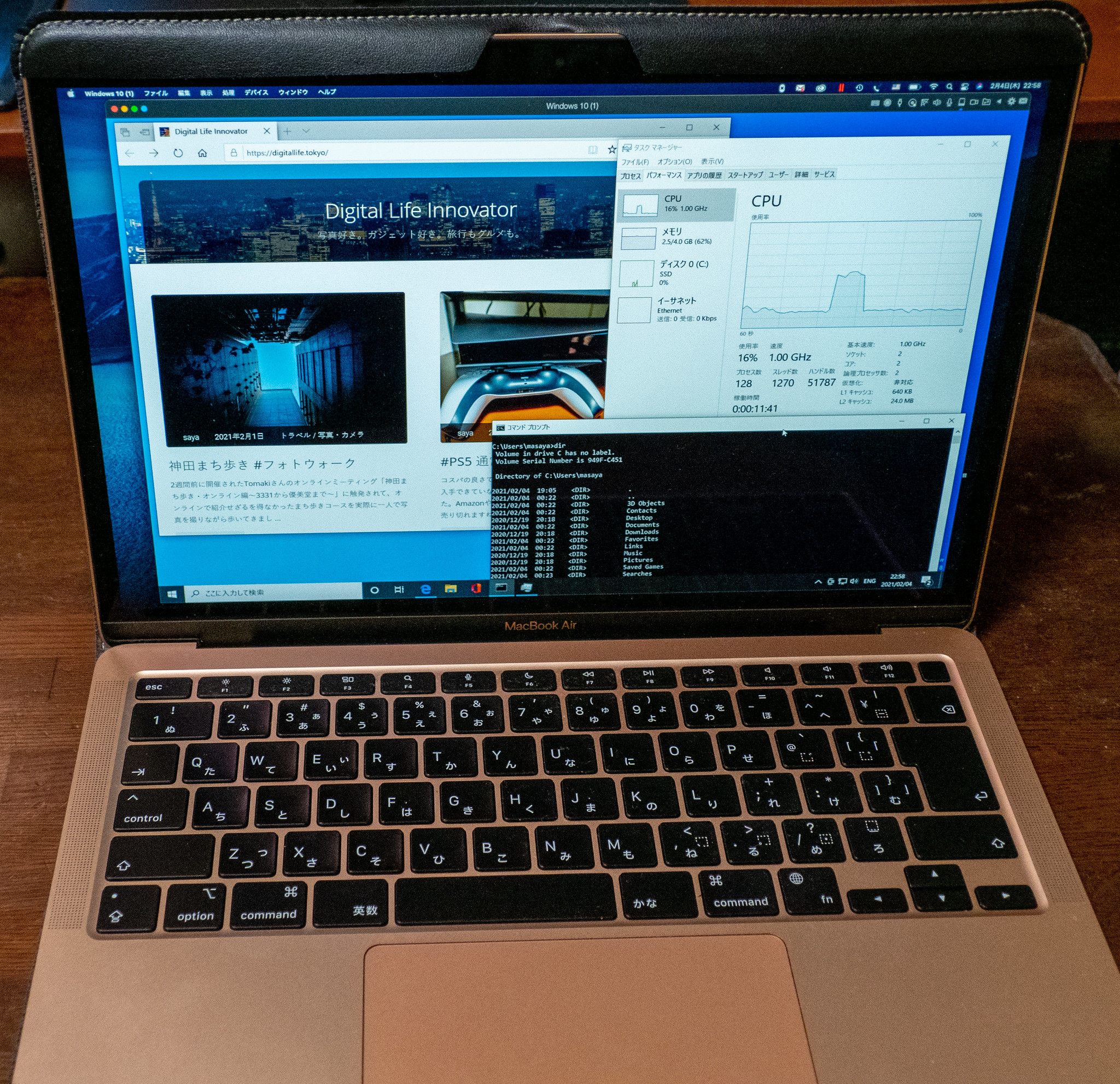

If you wish to try Windows 11 on a Mac, now Parallels narrows the gap in its latest update – Parallels Desktop 17 which makes it easy for Mac users to install this new operating system of Microsoft. Parallels Desktop 17 Brings Windows 11 to Macsīack in June, Microsoft launched Windows 11 that is similar to macOS in some aspects ( related article: Windows 11 Looks Like macOS: Here’s Everything New Coming to PC). How to Create a Windows 11 Virtual Machine in Parallels Desktop.What Is Parallels Desktop 17 Used for Windows 11.Parallels Desktop 17 Brings Windows 11 to Macs.If you want to know much information about Windows 11 on an M1 Mac, read this post and MiniTool Solution focuses on this topic with many details.

On the other hand, the Surface Pro X only scored 751 for the single-core and 2,891 for multi-core.Thanks to Parallels Desktop 17 (the latest version of Parallels' virtualization suite), Windows 11 can now run on M1 Macs. Other users also began performing similar tests, with one person uploading their stats to GeekBench and showing that a virtualized Windows 10 on ARM on the M1 chip significantly outperforms Windows 10 on Microsoft's ARM-based Surface Pro X.Īs you can see below, Windows 10 on the Apple M1 device scored 1,317 for single-core benchmarks and 5,685 for multi-core. This is illustrated when developer Alexander Graf used the QEMU virtualization software to install Windows 10 on ARM on an M1 Apple device, and the results are astounding. It turns out that the M1 chip not only performs fantastic for macOS BigSur but it may also be a better choice for Windows 10 than Microsoft's own devices.Īpple released its ARM-based M1 chip on November 17th for the Mac mini, MacBook Air, and MacBook Pro 13" and they are already available for purchase.Īs it always happens when a new device is released, users attempt to install software that was not meant to run on the device to see how well it performs. Since Apple unveiled its M1 chip, users have been in awe of its performance power efficiency.


 0 kommentar(er)
0 kommentar(er)
